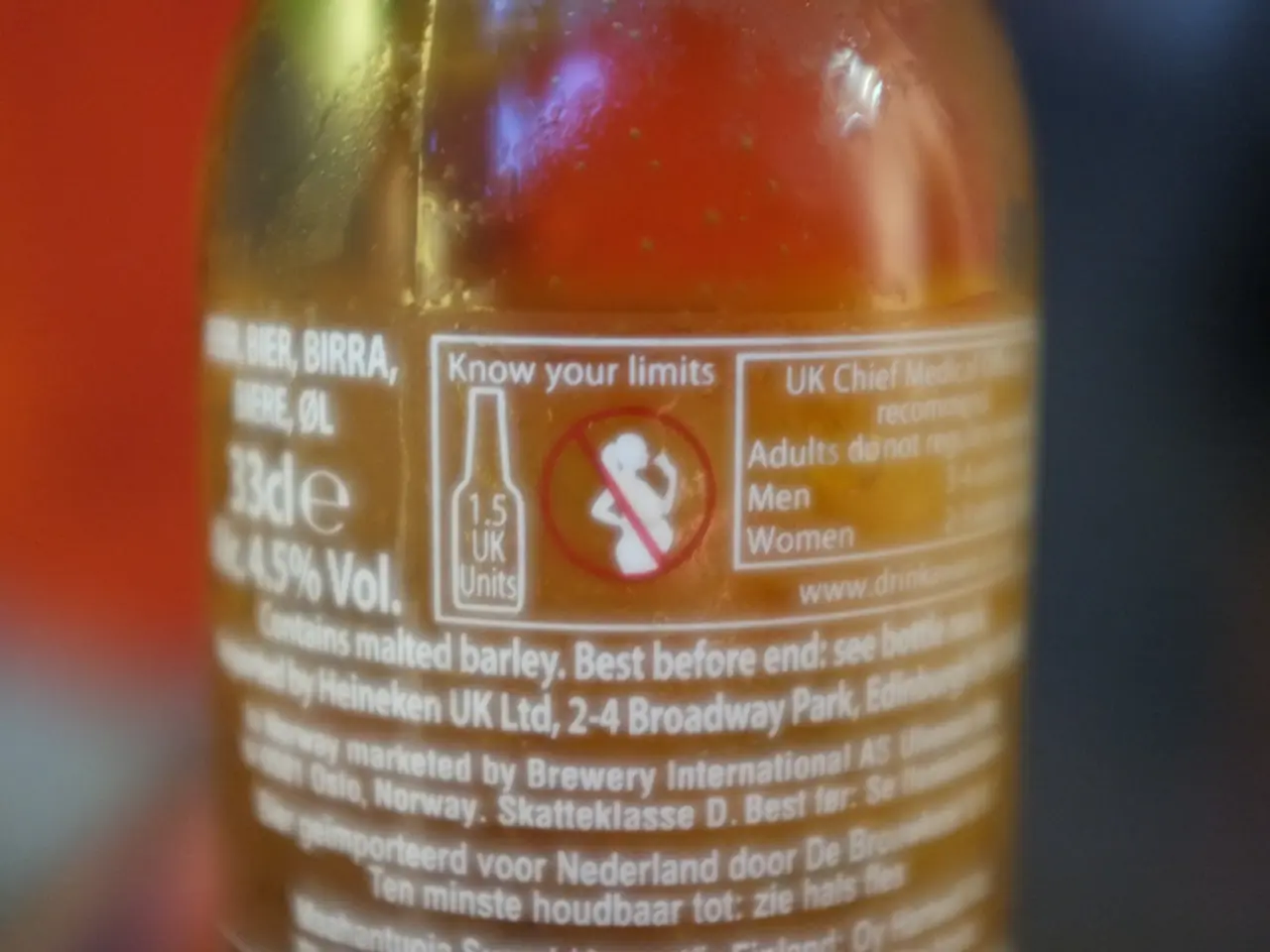Understanding and Managing Hypoglycemia: Symptoms and Action Plan
Hypoglycemia, a condition characterized by low blood glucose levels, can present with a range of symptoms. It's crucial for individuals, especially those with diabetes, to recognize these signs and take prompt action. Here's a guide to understanding and managing hypoglycemia.
Hypoglycemia occurs when blood glucose levels drop below 70 mg/dL. Symptoms can include sweating, rapid heartbeat, sudden nervousness, headache, hunger, blurred vision, lightheadedness, shaking, confusion, fatigue, paleness, trouble concentrating, irritability, loss of consciousness, seizures, and even coma. Regular blood sugar monitoring, particularly during physical activity, alcohol consumption, or illness, is vital to prevent hypoglycemia.
If symptoms appear, consume 15 grams of carbohydrates immediately. Fruit juice or gummy candies are quick, convenient sources. If blood sugar levels don't improve, seek emergency help. Having a hypoglycemia action plan with a doctor is essential, and friends and family should be informed about what to do during an episode. In severe cases, a glucagon injection may be necessary. In Germany, diabetic patients should consult an endocrinologist or diabetologist to obtain a glucagon kit.
Recognizing hypoglycemia symptoms and acting swiftly can prevent serious complications. Regular monitoring, prompt treatment, and having a support network are key to managing hypoglycemia effectively.
Read also:
- Impact of a Government Shutdown on Citizens
- Medical Specialist Based in Visakhapatnam
- Individuals in New York afflicted by Legionnaires' disease have legitimate legal entitlements. Here's some essential information on the matter.
- Toxic Shock Syndrome: Signs, Origins, Tampon Connection, and Further Details








